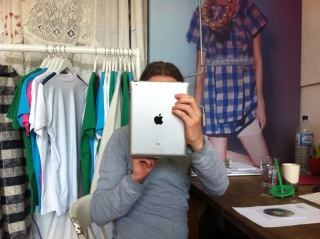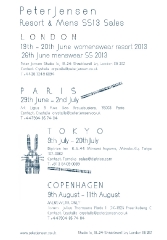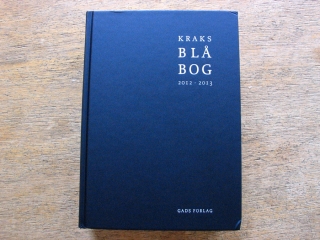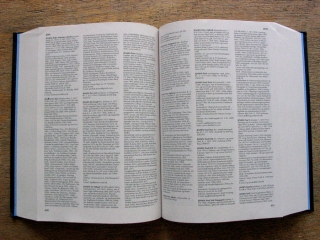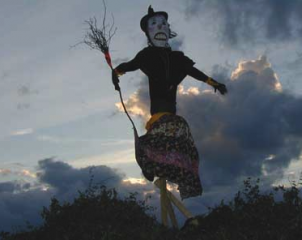
In Denmark, the solstitial celebration is called Sankt Hans aften (ŌĆ£St. JohnŌĆÖs EveŌĆØ). It was an official holiday until 1770, and in accordance with the Danish tradition of celebrating a holiday on the evening before the actual day, it takes place on the evening of 23 June. It is the day where the medieval wise men and women (the doctors of that time) would gather special herbs that they needed for the rest of the year to cure people.
It has been celebrated since the times of the Vikings by visiting healing water wells and making a large bonfire to ward away evil spirits. Today the water well tradition is gone. Bonfires on the beach, speeches, picnics and songs are traditional, although bonfires are built in many other places where beaches may not be close by (i.e. on the shores of lakes and other waterways, parks, etc.) In the 1920s a tradition of putting a witch made of straw and cloth (probably made by the elder women of the family) on the bonfire emerged as a remembrance of the churchŌĆÖs witch burnings from 1540 to 1693. This burning sends the ŌĆ£witchŌĆØ away to Bloksbjerg, the Brocken mountain in the Harz region of Germany where the great witch gathering was thought to be held on this day. Some Danes regard the relatively new symbolic witch burning as inappropriate.
In 1885 Holger Drachmann wrote a midsommervise (Midsummer hymn) called ŌĆ£Vi elsker vort landŌĆ”ŌĆØ (ŌĆ£We Love Our CountryŌĆØ) that is sung with a melody composed by P.E. Lange-M├╝ller at every bonfire on this evening.
(Yes thatŌĆÖs from wikipedia.)

